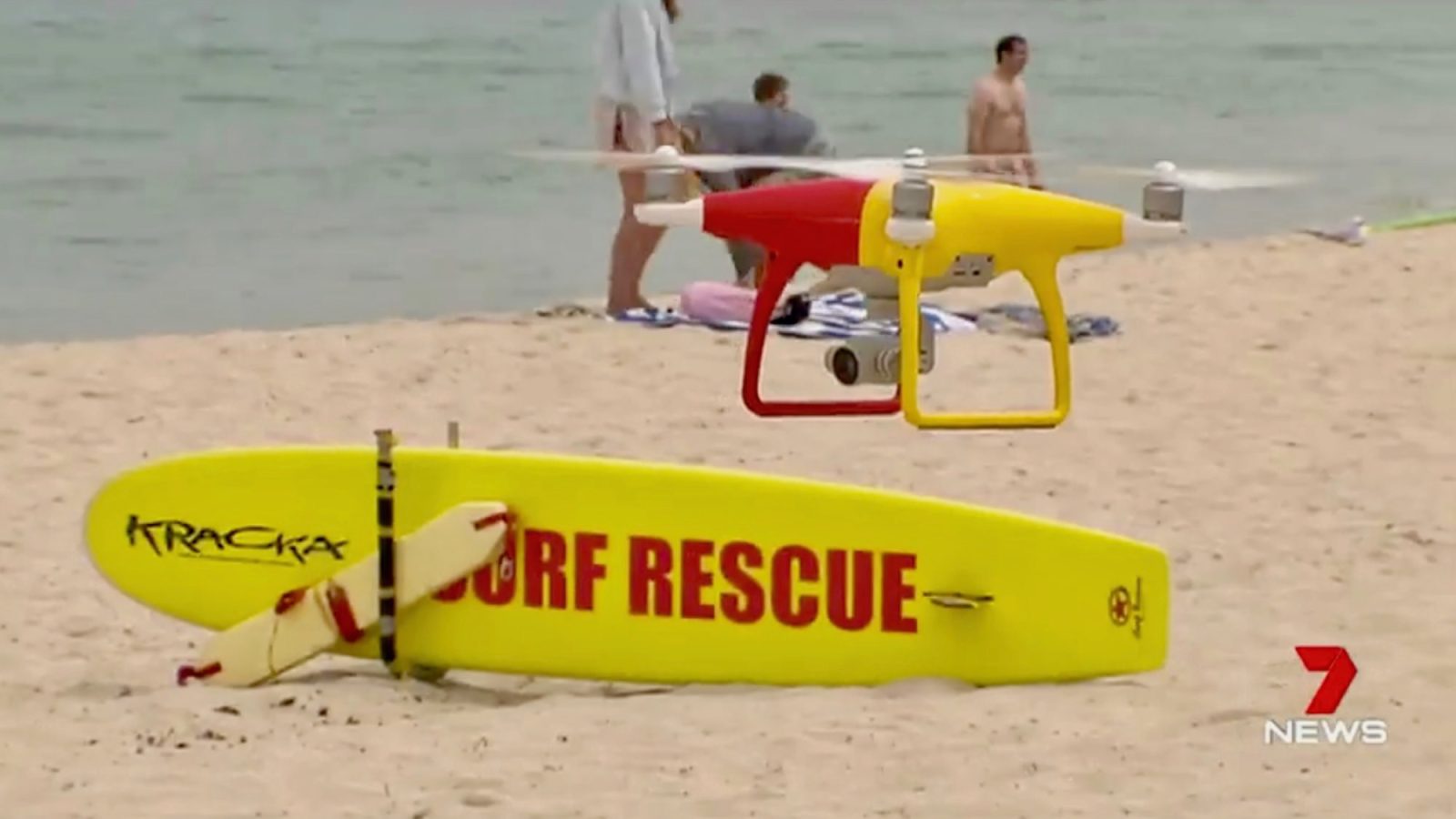
The Australian state of Queensland has said it’s again turning to drones to ensure the safety of its beaches. But in addition to its use of craft to identify and rescue swimmers in danger of drowning, Queensland is also deploying them to protect sharks that may happen to be passing through.
Drones as an alternative to options lethal to sharks and other marine life
Queensland’s Department of Agriculture and Fisheries said Tuesday it is moving to extend trial use of drones to spot sharks at designated beaches. The measure is considered an alternative to anti-shark nets and baited drumline traps that have proven highly destructive to all sorts of marine life. By demonstrating the efficiency of drones in identifying sharks and alerting swimmers to their presence, authorities and environmentalist backers hope to end decades of culling campaigns that have decimated shark populations.
Queensland has been a leader in experimenting with uncrewed aerial vehicles (UAV) to patrol popular beaches – and give lifeguards an effective tool in finding and helping swimmers in potential drowning situations. Last September the state also began the testing drones to identify sharks that New South Wales initiated with considerable success. Now Queensland says it will extend those trials to additional beaches from this month through October.
The decision comes in the wake of polling indicating as much as 98% of respondents support use of drones for spotting sharks, with 75% saying they’d be likely to choose a beach deploying the craft that way. Environmentalists hope continued test flights of smart DJI Mavic 2 Pro fleets will prove successful enough to halt the use of nets, drumlines, and mass slaughter campaigns against sharks that have been common in Australia since the 1960s.
“Drones are an incredibly promising shark surveillance solution, so we are very pleased to see the trial expanded to Northern Queensland,” Humane Society International Australia marine biologist Lawrence Chlebeck told Mirage News. “We hope to see more expansions of drone surveillance, building confidence in non-lethal technologies and an end to culling.”
Smart UAV identify and hover above visiting sharks
Sensors and artificial intelligence abord the drones can automatically distinguish between different marine life with about 90% accuracy, making them very reliable in spotting sharks. The UAV are programmed to then hover just above identified sharks to provide lifeguards with a visual on their movements. Depending on their distance, interest in nearing beaches, and size of sharks, lifeguards can either continue monitoring the situation or order people out of the water until the creature departs.
According to Humane Society International Australia, use of drumlines to protect Queensland beaches have since 2001 killed 402 whales and dolphins, 834 turtles, 1,726 rays, and 12,290 sharks. It also notes fully half of all shark species pose little or no threat to humans.
Queensland’s government has taken that into account in embracing drones as an alternative. During the first tests of UAV at three southeast state beaches from September 2020 to last May, shark spotting drones flew 2,382 missions and covered 953 km. Those craft identified 156 sharks, resulting in just four decisions to clear people from the water.
FTC: We use income earning auto affiliate links. More.




Comments